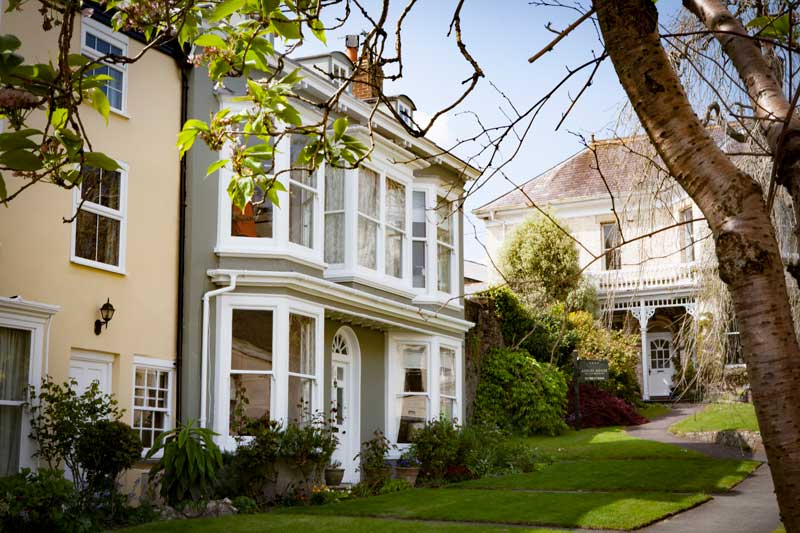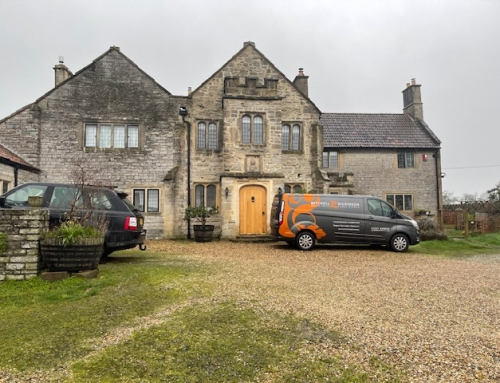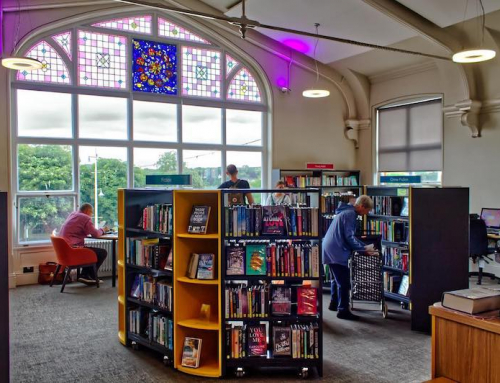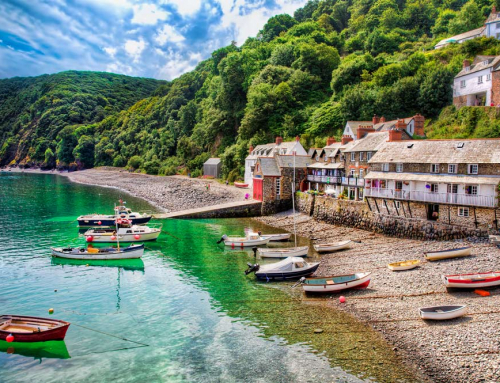The UK Parliament has declared a climate emergency and David Attenborough is calling for us to all play our part – and insulating your home is one of the ways you can help
As we all know, averting climate change requires us to reduce the amount of greenhouse gases we release into the environment. Limiting the use of fossil fuels plays the biggest part in this, but when it comes to how we do it, there’s no silver bullet; we’ve all got to play our part by making our own carbon footprint as small as possible.
Recently, David Attenborough said that insulating our homes is one of the most significant ways that we can do that. It makes sense: we burn fossil fuels such as gas, oil and coal (or use electricity which is produced by burning these fuels) to heat our homes – and if our homes are not insulated we use a lot more fuel than we need to.
Those of us who live in period properties – Edwardian, Victorian, Georgian or even older – know that while these houses are beautiful, they’re usually not well insulated in the way that new homes are.
The result is that owners of older properties often burn up to five times more fuel than is required to heat a modern home of the same size, simply because so much heat escapes through draughty single glazed windows, and the roof and floor. Of course, this means significantly higher fuel bills, too.
‘Owners of older properties often burn up to five times more fuel than is required to heat a modern home of the same size’
The obvious solution would be to double glaze all windows, but listed building legislation (in place to protect beautiful older buildings and our shared architectural heritage) usually prohibits the use of double glazing. And anyway, most owners of period properties don’t want to rip out the original windows as they’re part of what makes the building special.

If this sounds like an unsolvable issue, the good news is that there are ways of insulating period properties which retain the original features while reducing the amount of fossil fuels burned to keep the property warm.
Mukti Mitchell, environmentalist and director of Mitchell & Dickinson, has developed an elegant system for providing virtually invisible secondary glazing which sits behind period windows, so that their architectural integrity and beauty are maintained.
Since he launched Mitchell & Dickinson nine years ago, he and his committed team of craftspeople have been on a mission to help owners of period properties reduce their fuel bills and fossil fuel consumption through the use of CosyGlazing advanced secondary glazing. The team also install other solutions such as sheep’s wool loft insulation and elegant draught proofing.
The results have been significant and hundreds of period home owners now benefit from living in houses that are much warmer in winter, while simultaneously reducing their heating bills and knowing that they’re playing their part in helping avert climate change.
Mukti explains how insulating your home can cut your carbon footprint by up to 15 per cent – and often more for period homes.
‘There are five lifestyle areas that emit CO2. The average Brit typically emits 15 tonnes per year from the following lifestyle areas: three tonnes from home heating, three tonnes from food, three tonnes from transport, three tonnes from holidays (e.g. one flight to the Canaries and back each year) and three tonnes from the products they buy.
‘When it comes to the home, if we install the “low-hanging fruit” of loft insulation, advanced secondary glazing and draught proofing, we can reduce heat loss by up to 40 per cent in a detached property and 50 per cent in a mid-terrace property. Just imagine the difference that would make to the cost of heating a period property in winter.

‘That’s a 15 per cent reduction in personal carbon footprint that will also save the home owner money on fuel bills. We’ve found that most people make actual savings within five to ten years, which is equivalent to gaining over 10 per cent interest on your investment.
‘Installing these three solutions takes between 1-3 weeks depending on the size of the property, and the householder can use their home as usual during the installation.’
Interested in finding out more? Would you like to have a survey to see what it would cost and what the benefits could be for your property? Simply click here and we’ll send you some details or, if you’d prefer, we’re happy to give you a call to discuss what we can do for you.
We look forward to the possibility of making your home wonderfully warm, saving you money on heating bills and helping you play your part in averting climate change.






